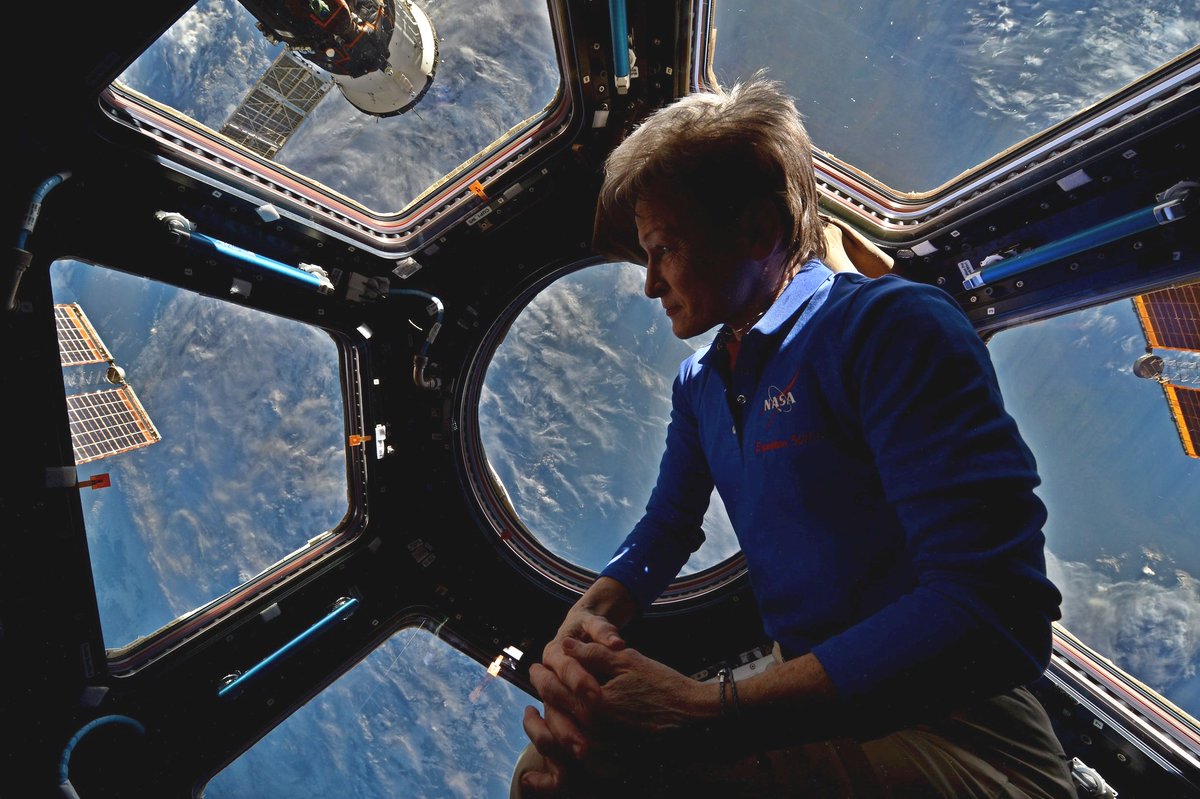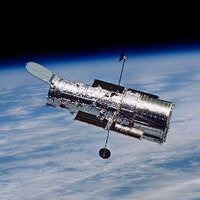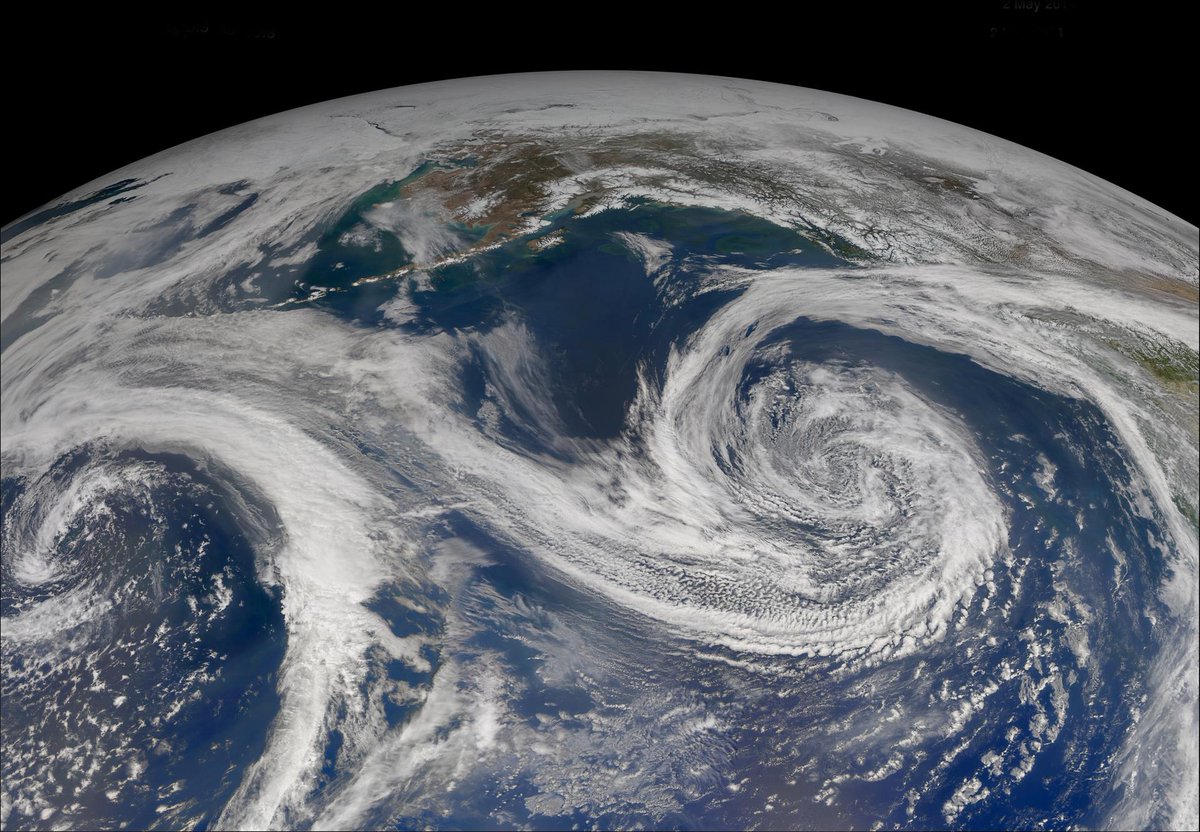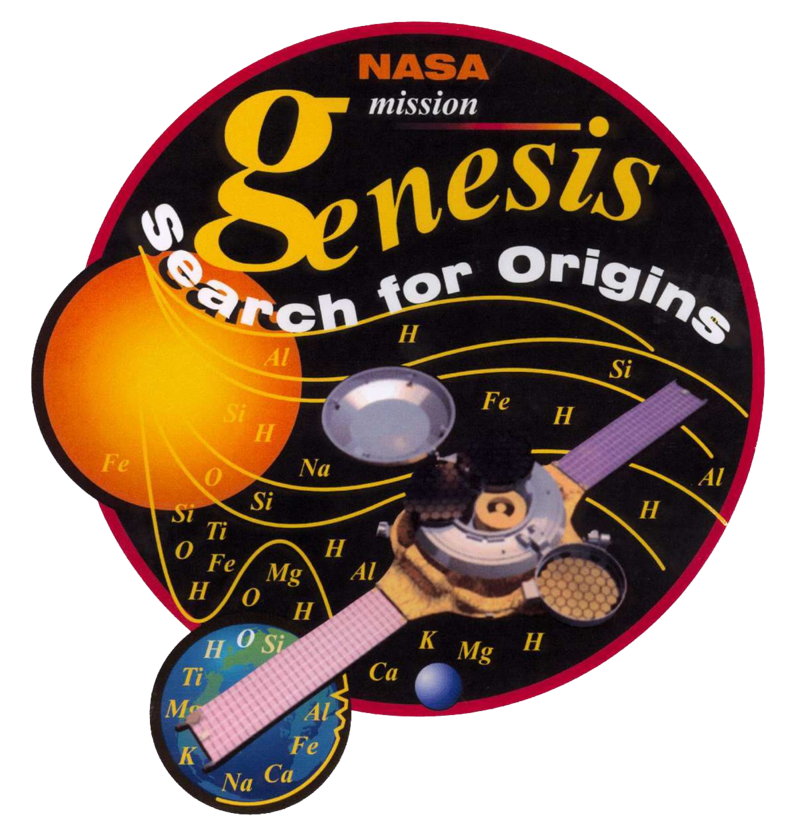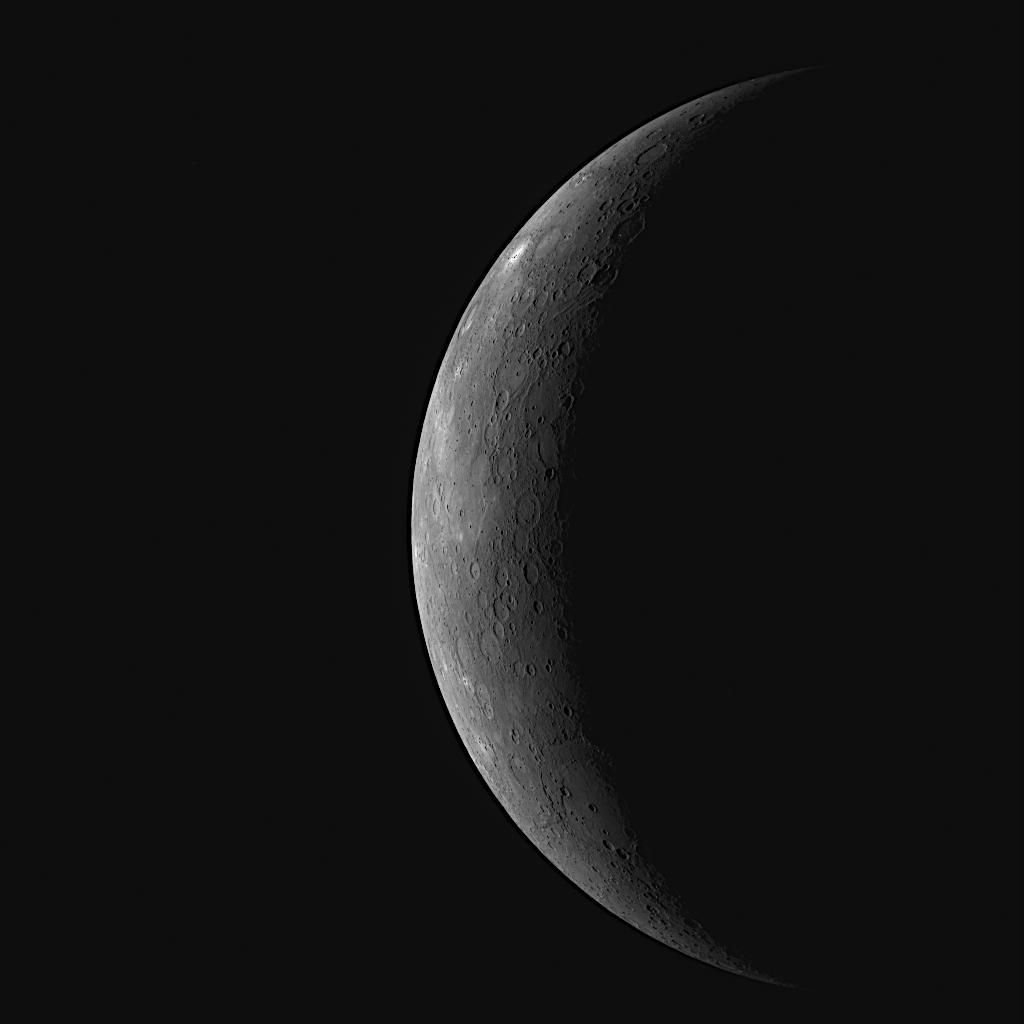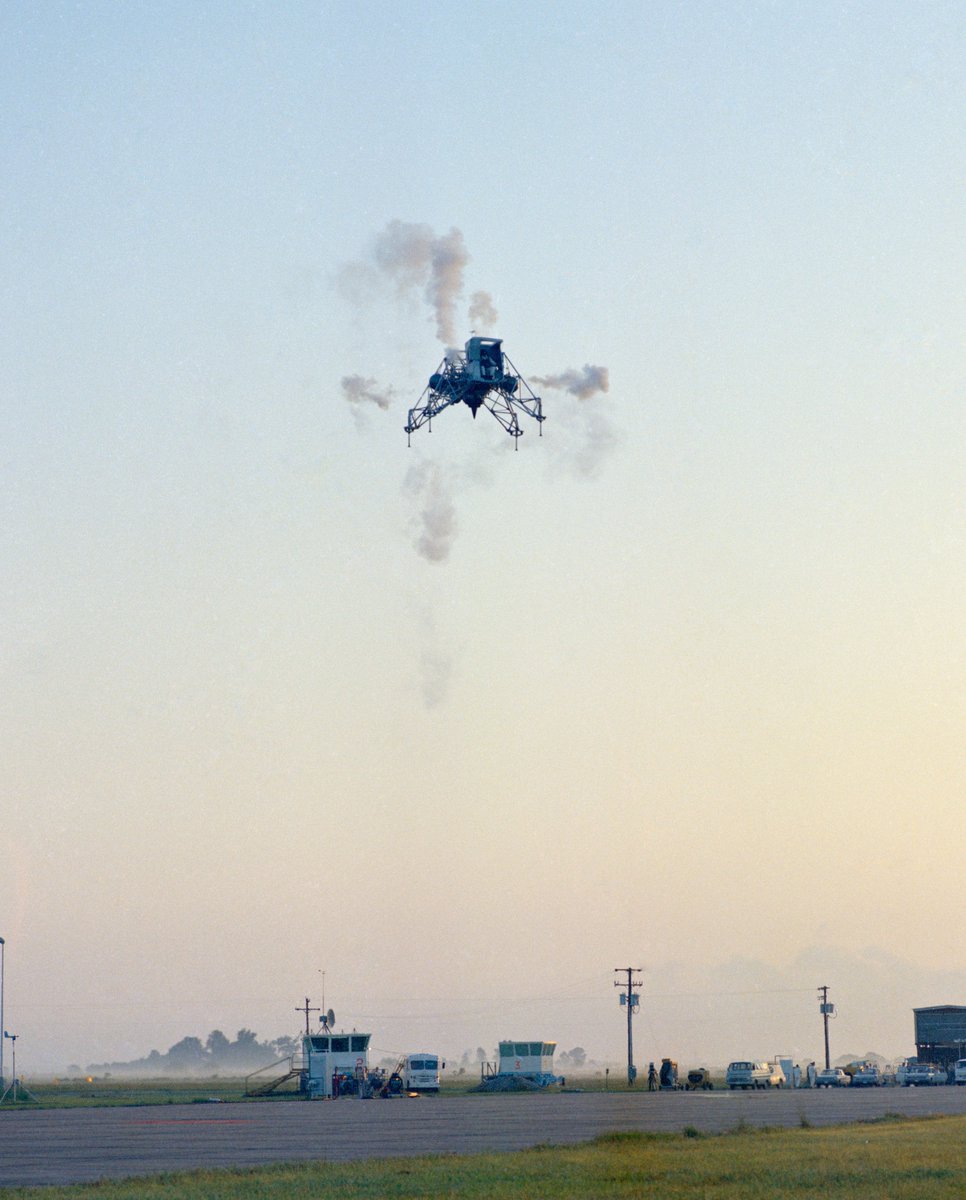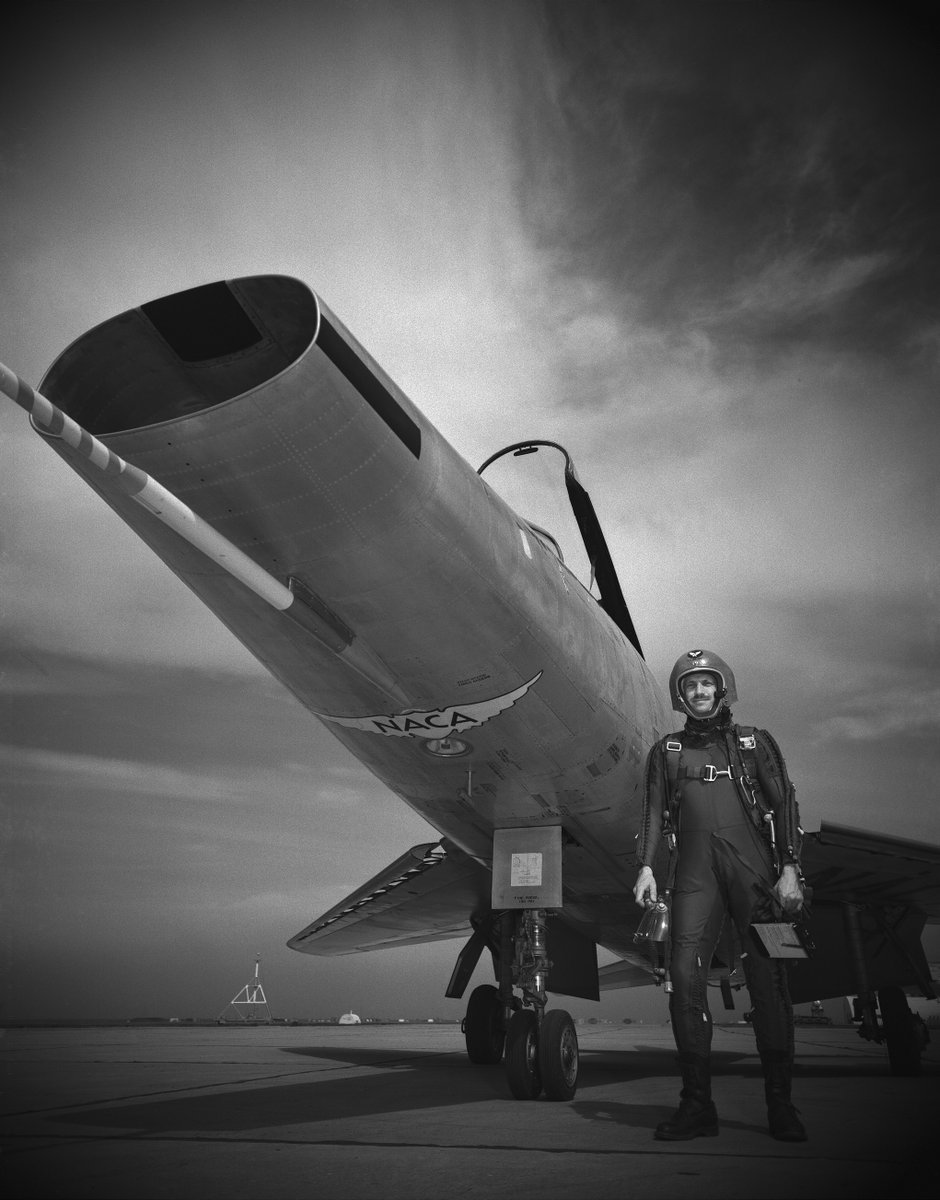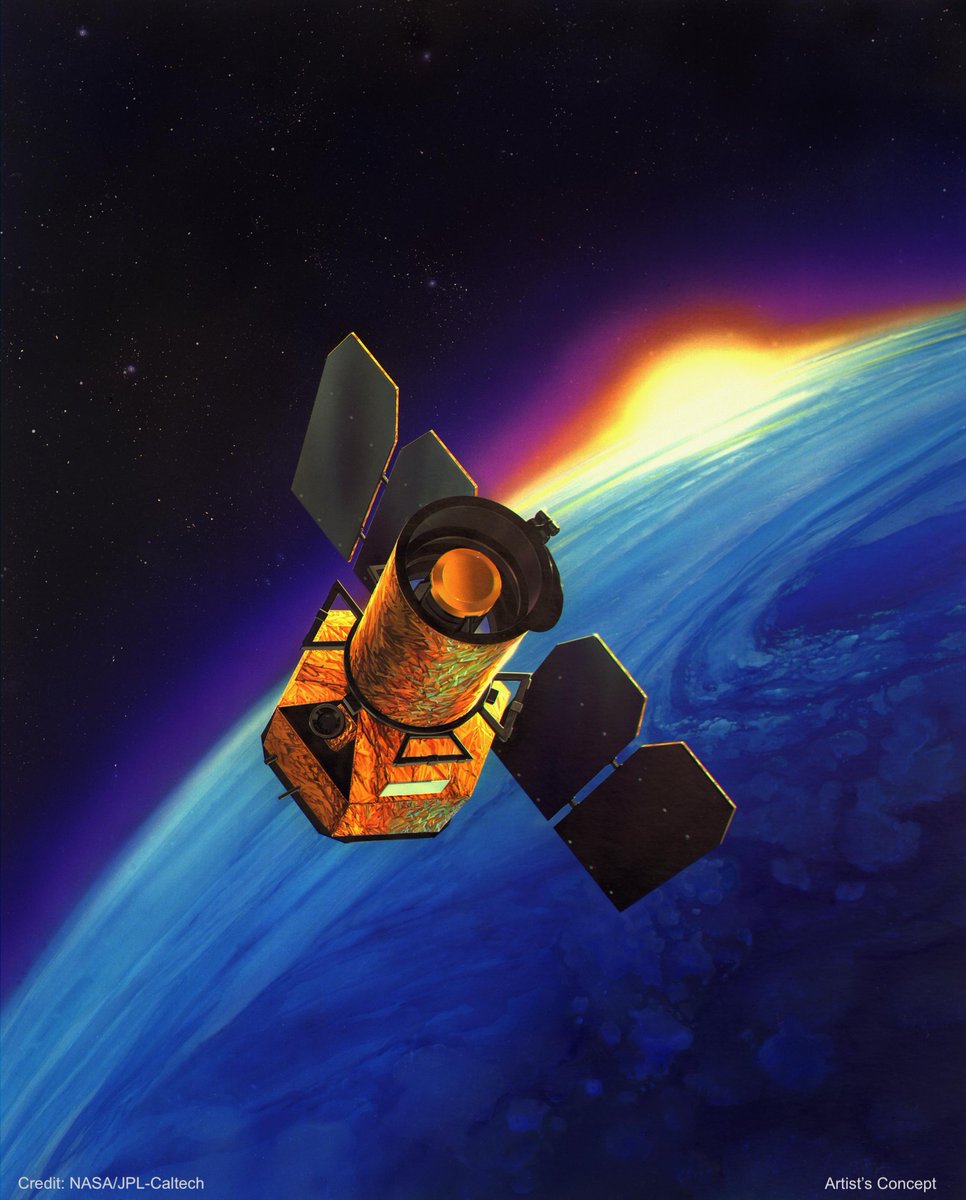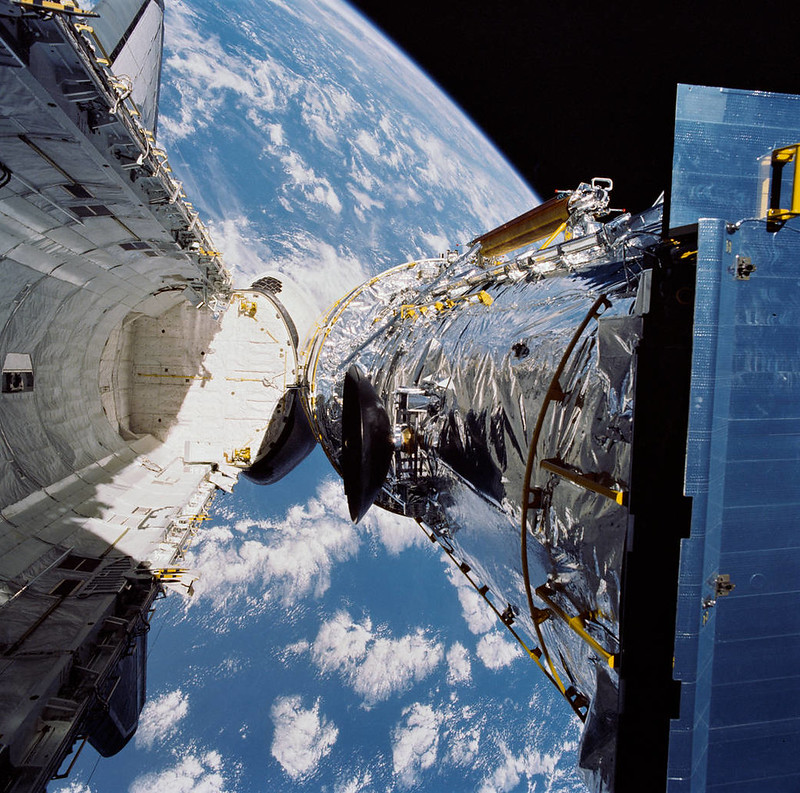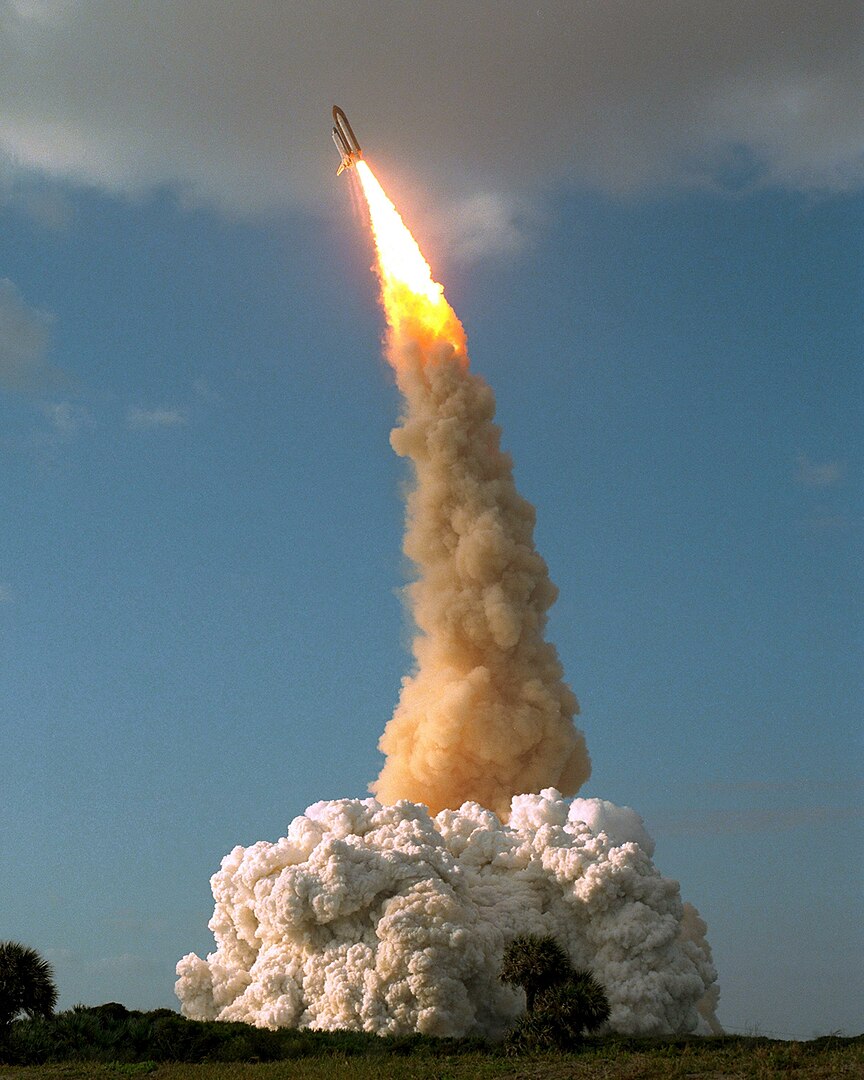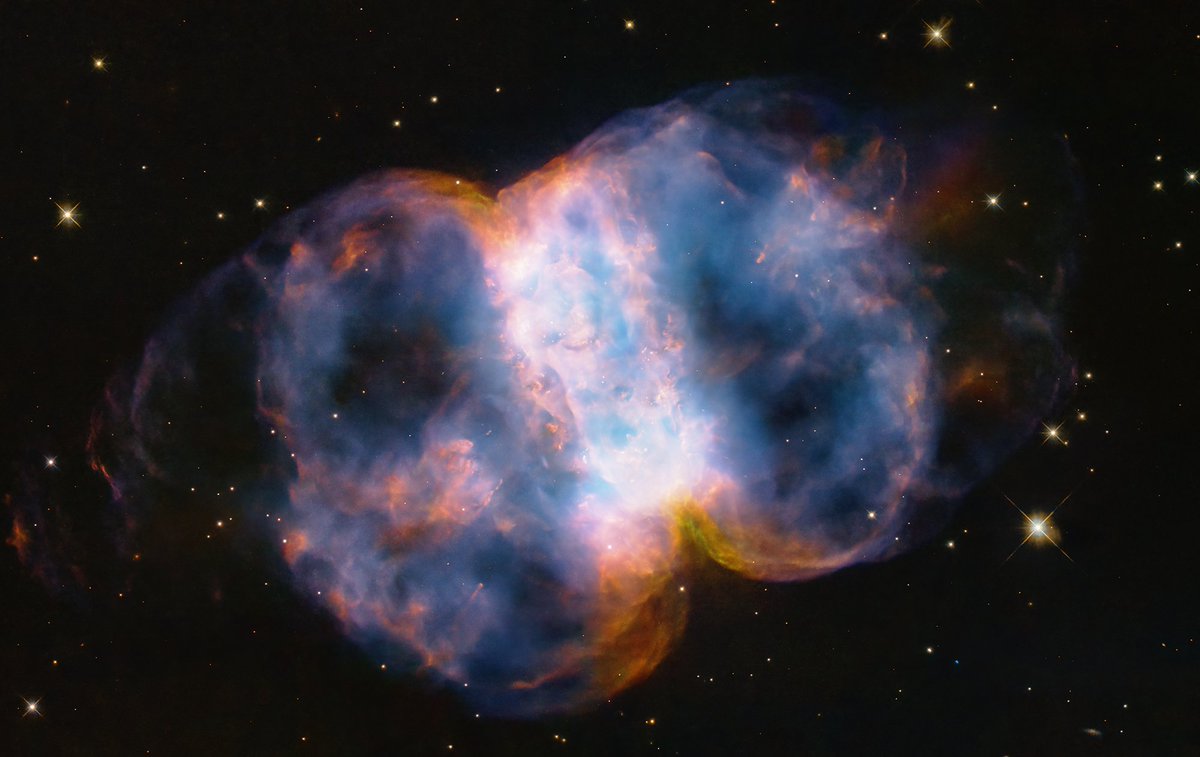
NASA History Office
@NASAhistory
This is the NASA History Office's official X account. We're happy that you share our passion for aerospace history.
Verification: https://t.co/6BaN3zUqRN
ID:153784150
https://www.nasa.gov/history 09-06-2010 12:52:58
24,0K Tweets
1,1M Followers
224 Following
Follow People


In 1969, NASA's Johnson Space Center engineer John Hirasaki spent three weeks in quarantine along with the Apollo 11 crew. Along with deactivating and decontaminating the Command Module, he was one of the first to see the lunar samples. #AANHPI
Read his oral history: go.nasa.gov/4a1h282
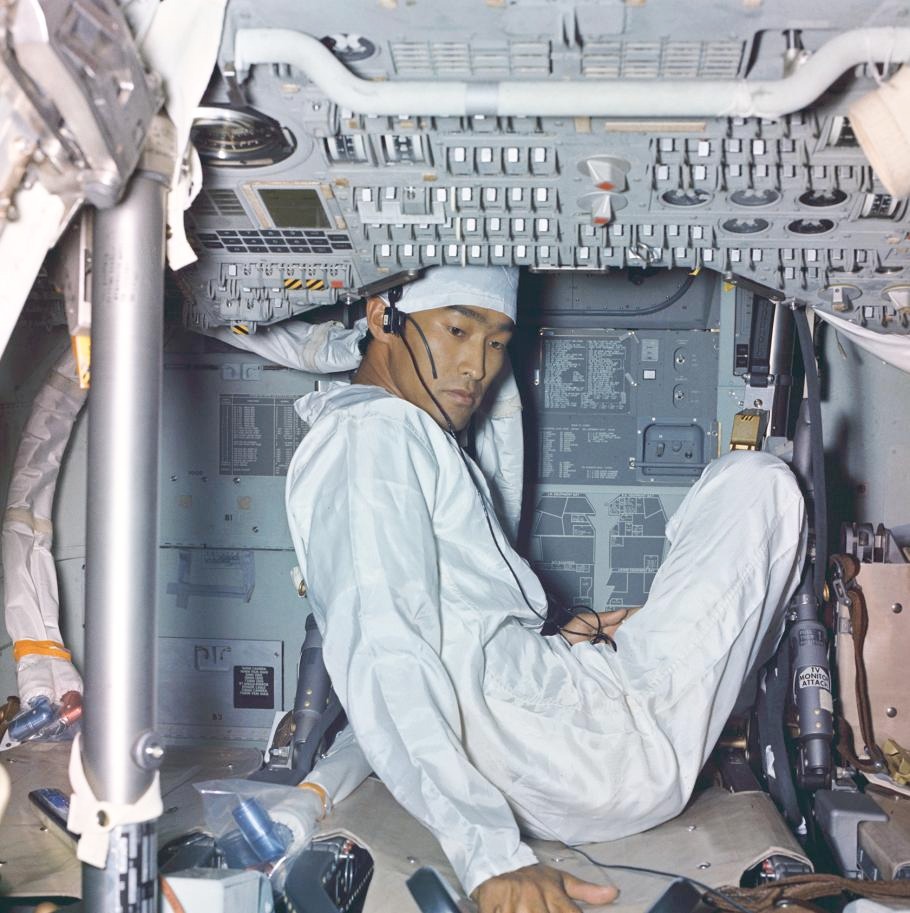


#OTD in 1979, Launch Pad 39A at NASA's Kennedy Space Center received its first space shuttle. Over 8 hours, Enterprise made the 3.5-mile trek to the launch pad, atop the historic Mobile Transporter. This trip helped get processes ready for STS-1, the first shuttle launch go.nasa.gov/3Unz9Pv






The Mercury 7 astronauts reported for training 65 years ago today! To prepare for flying into space, the new astronauts underwent grueling training, including time in a centrifuge, 'vomit comet' flights, and spinning in the gimbal rig at NASA's Glenn Research Center. Watch: go.nasa.gov/3JBvvNi
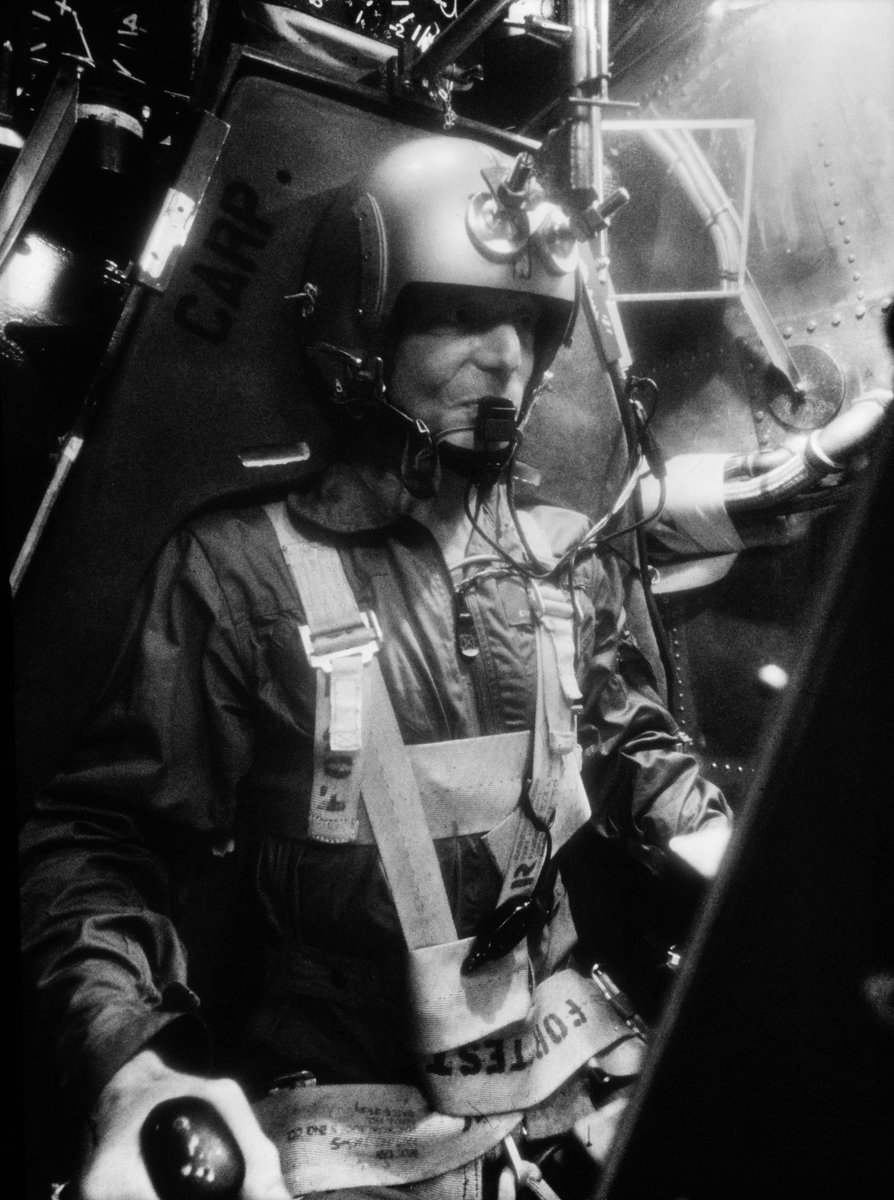

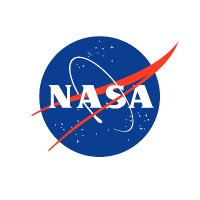

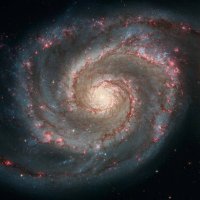

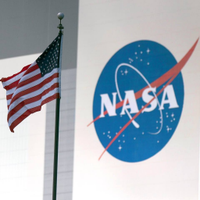

Astronaut Peggy Whitson made history (again) #OTD in 2017 when she broke the U.S. record for cumulative days in space at 534 days. She still holds this record, now with 675 days in space. She was also the first woman to command the International Space Station and the first to do it twice!
